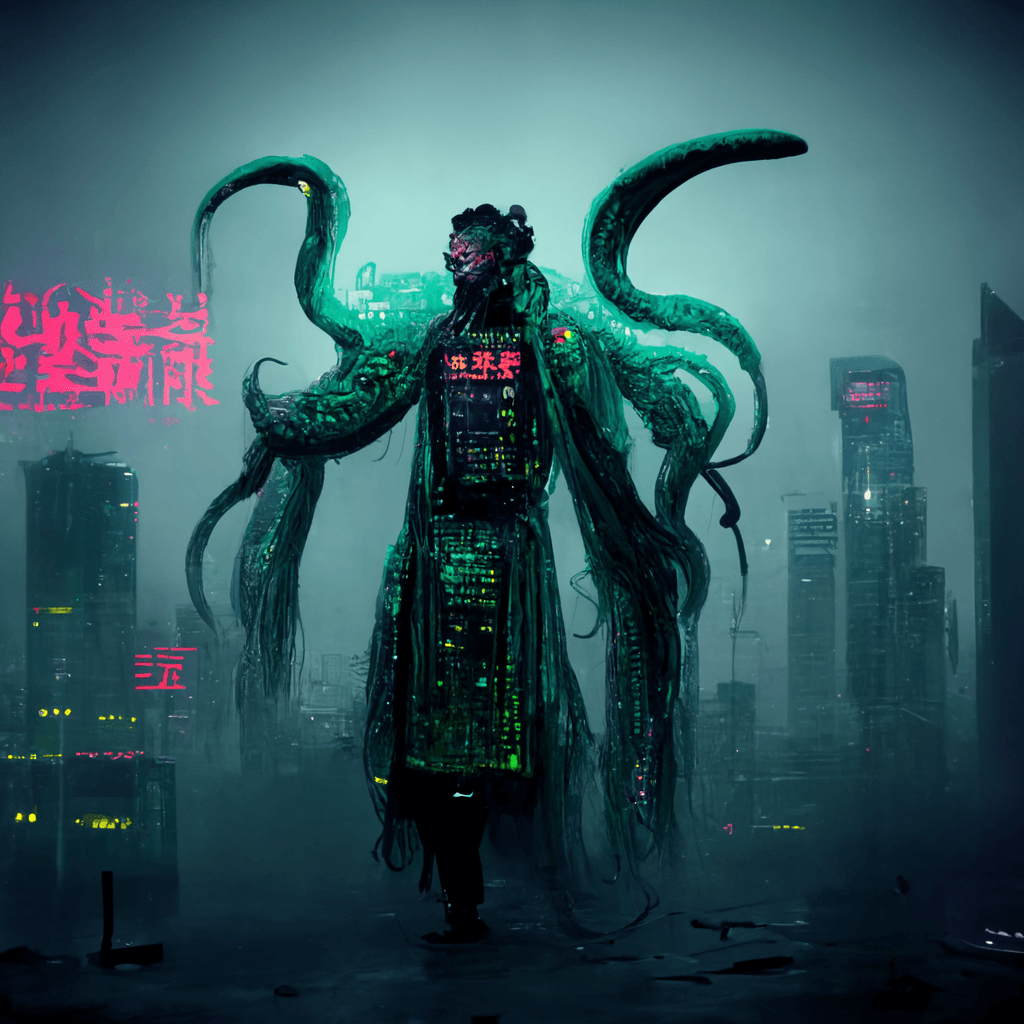Past
In the previous period, I have tried to use some AI painting tools such as Disco Diffusion, but unfortunately my Colab account was not topped up, and my weak graphics card only produced a bizarre abstract painting after an hour of training.
But the story itself is still very attractive: users can specify the content, category, style, and genre of the artwork, and let the model that has learned from countless paintings and photographs generate paintings that meet the requirements. Painting creation no longer requires months or years of artistic training, just a few keystrokes.
Now
Today I participated in the testing of the MidJourney Beta version. This product no longer requires users to deploy the Colab environment themselves. Instead, users can enter keywords in the Discord channel, wait for about a minute, and then get four images generated based on these keywords. They can also choose to upscale their favorite ones, increasing the resolution and details of the images, or generate another set of four images.
Cyberpunk and Cthulhu have always been literary and visual elements that interest me. So I tried generating images with the keywords "Cyberpunk Cthulhu China." After about a minute, I saw satisfactory results: an AI artwork that contains all the elements and has a consistent style.
Certainly, some people may argue that what AI creates is not considered artwork. But how do we determine whether something is art or an industrial product?

Originality and style are the core values of artwork. If we think carefully, we will find that AI painting actually satisfies these two points quite well. The biggest problem lies in its ability to "mass-produce" at almost zero marginal cost, completely disrupting the so-called "brushwork" market in the oil painting industry.
Future
From my personal perspective, the popularity of such work and creation tools in the future will create a borderline in various creative fields: whether the originality and artistic value of a work have reached or exceeded that of mass-produced AI works. Artists who cannot reach this borderline will find it difficult to maintain their competitiveness.
For the mass-produced art industry, this is a bad thing. But for improving the aesthetic appreciation of the general public and breaking down industry barriers, I think this is a good thing. AI models can even be introduced into the evaluation system of mass-produced artworks, completely filtering out those mediocre and fame-seeking third-rate artists.
From a business perspective, this undoubtedly means the death of third-rate illustrators: when clients only need illustrations that "appear to include all the desired elements," purchasing the commercial copyright of an AI creation system for a few tens of dollars a month will undoubtedly be more attractive than hiring a group of third-rate illustrators.
Technology will change everything we are familiar with.